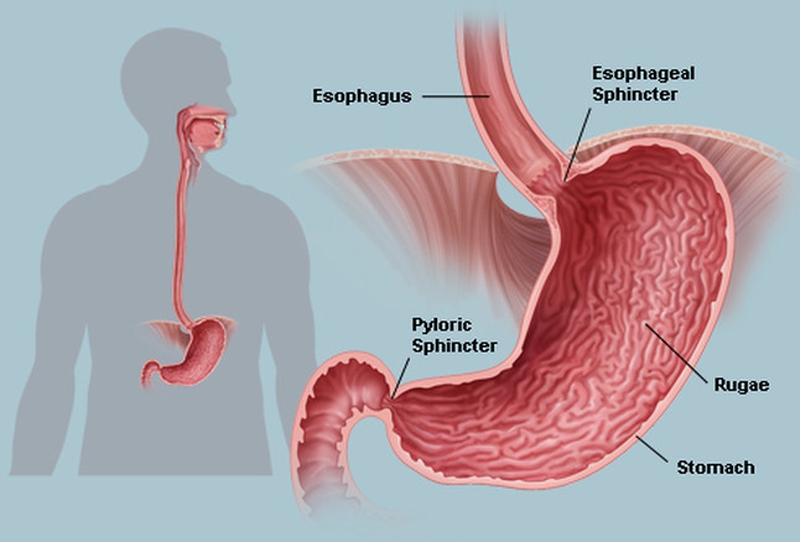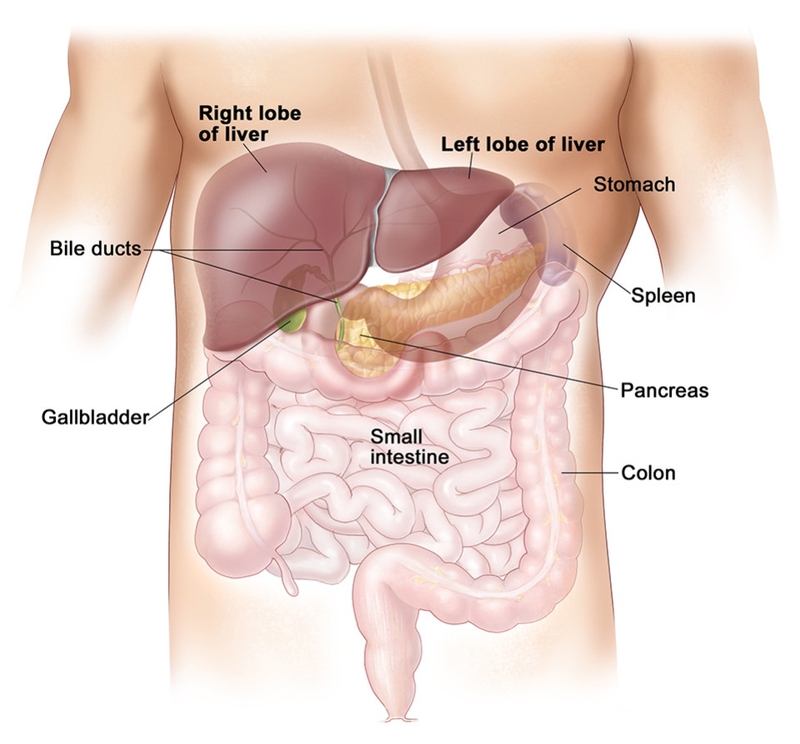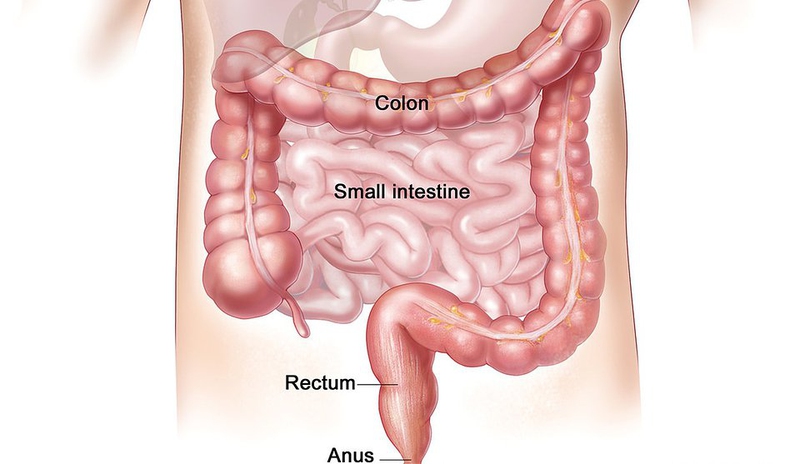Have you ever wondered what happens to the food once you swallow it? It's a wonder how they are broken down into smaller particles and provide a feeling of fullness and satisfaction. How can a piece of hamburger give you the energy to make it through the day? By your digestive system!
Your digestive system performs amazing tasks every day, no matter what type of food you put into your body. Get to know your digestive system more and how the digestive system organs process the food as it makes its way through them.
Organs of Digestive System and Their Functions
Mouth
This is where the digestive system begins. As a matter of fact, digestion begins in the mouth even before you take that first bite. When you smell the food, your mouth drools as it secretes saliva triggered by the salivary glands. When you actually put that food in your mouth, the saliva increases. More saliva is produced as you try to chew and break down the food. This is when the process of food breakdown into a form that your body can absorb starts.
Our parents were right when they kept reminding us to chew our food slowly. Not only it is a social etiquette, it also helps with your digestion.
The Pharynx and Esophagus
Pharynx, which is also known as the throat, is another one of the most important digestive system organs as it receives the food from the mouth. Esophagus, a muscular tube located near your trachea, carries the food to your stomach. This process of delivering the food to the stomach is called peristalsis. It is a series of muscle contractions in a wave-like pattern that moves the food to several processing stations in the digestive system.
Stomach
It is a hollow organ between your esophagus and small intestine and the main food storage tank of the body. It also serves as the mixer and grinder of food until they are broken down into a form that is usable.
How does the stomach break down these foods? Cells in the stomach lining secrete powerful enzymes and acids that are responsible for the breakdown process.
Small Intestine
The small intestine is a 22-foot long muscular tube that is made up of three parts – the duodenum, jejunum and ileum. It is called the “work horse” of digestion, where 90% of the digestion and absorption occurs while the other 10% takes place in the stomach and large intestine.
What are the functions of the three segments? The duodenum is responsible for the continuing breakdown process while ileum and jejunum work on the nutrient absorption into the bloodstream.
Pancreas
This digestive system organ is located in the abdomen and plays an essential role in converting the food that we ate into fuel for the body’s cells. Pancreas is about 6 to 10 inch long and there are two main types of tissues found in it: exocrine tissue and endocrine tissue.
After the food enters duodenum, exocrine tissue secretes a watery, clear, alkaline juice that has several enzymes that are responsible for breaking down the food into small molecules that the intestines can absorb. The endocrine tissue, on the other hand, is made up of several cells that secrete hormones directly to the blood stream.
Liver
This organ performs several functions in the body, but two of its most important functions are to secrete bile and process the blood coming from small intestine that contains the nutrients. It is also called as the body’s chemical “factory” as it makes all the different chemicals that are needed by the body to function.
Gallbladder
This is where the excess bile is stored. The liver secretes the bile which travels to the small intestine through the bile ducts. When bile is not needed by the intestine, it travels into the gallbladder and helps absorb fats.
Colon (large intestine)
One of the most important digestive system organs is the colon or large intestine. As a part of the final stages of digestion, it is a large muscular tube which escorts waste from the body. Colon is much wider than the small intestine, but is also much shorter, around 6 feet (1.8m) long.
Its function is to eliminate bacteria, other waste and left-over after the nutrients are removed from the food. First, salt and liquid are removed from the waste as they pass through the colon. Then, the waste makes it way to the sigmoid, where it is stored. When the body is ready for a bowel movement, this waste is dumped to the rectum.
Rectum
This organ connects the colon and the anus. Rectum’s primary function is to receive the stool from the colon, send a signal to the person that he needs to evacuate the stool and holds the stool until defecation happens. When a stool or gas comes into the rectum, signals are sent to the brain to decide if rectal contents can be discharged or not.
Anus
Anus is the final part of the digestive system which allows the fossils to excrete from human body. Its primary job is to regulate waste discharge and indigestible substances out of the body. It is consist of:
Pelvic floor muscles which creates angle between the anus and the rectum that holds the stool from going out of the body till you find an appropriate place and time for defecation.
Anal sphincters which give us signal to defecate.
You can also watch the video below to learn the digestive system to learn the digestive system organs that compose it and their functions, it is clear that one can’t function well without a healthy digestive system, so learn to take care of them even more.



View All Comments /Add Comment